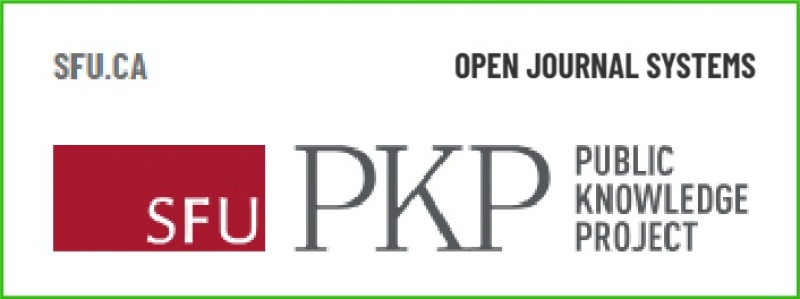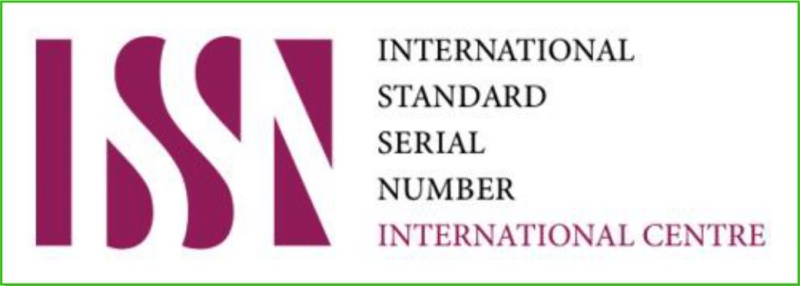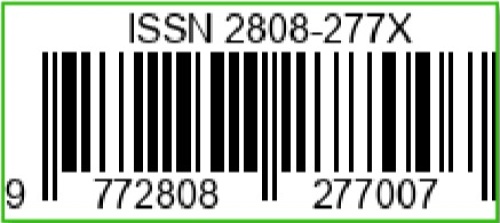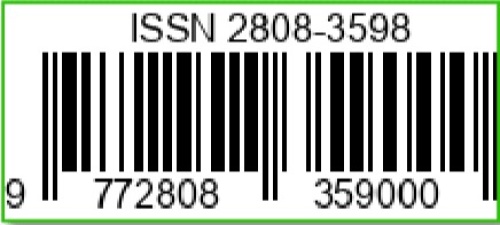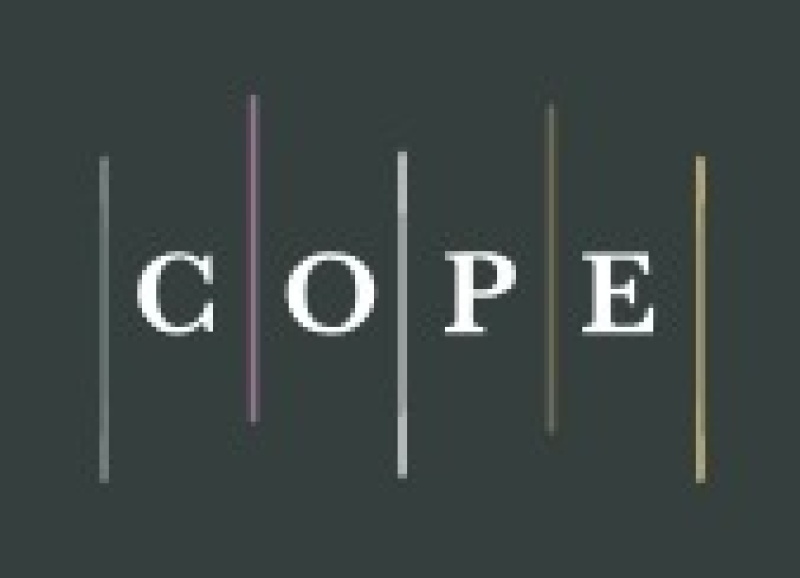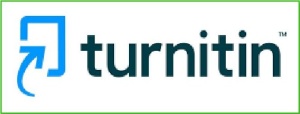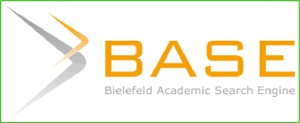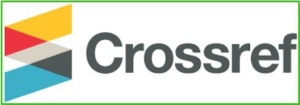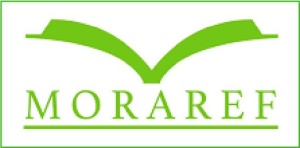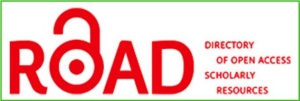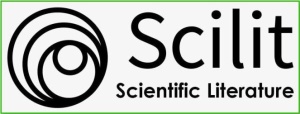Identifikasi Tanaman Penghasil Resin dan Polen di Pondok Pesantren Nurul Islam Sekarbela Kota Mataram
DOI:
https://doi.org/10.36312/bjkb.v2i1.35Keywords:
Identification, Plant, Resin, Pollen.Abstract
Indonesia is a tropical country that has abundant natural wealth in the form of flora and fauna. One of the fauna that is beneficial to humans is the honey bee. An influential factor in the success of honey bee cultivation is the availability of bee feed in the form of flowering plants. The flowers of these plants contain nectar, pollen, or nectar and pollen which is very influential in honey production. The availability of a 500 m wide yard at the Nurul Islam Sekarbela Islamic Boarding School, Mataram City, is currently only used as a living pharmacy planted with medicinal plants and ornamental plants, such as several types of flowers and there are several large trees such as mango trees as shade trees. Almost all types of flowering plants are a source of bee food, because flowers are pollen producers. This study uses an exploratory method with purposive sampling technique. After determining the sampling point, then the process of identifying what plants were found in the Nurul Islam Islamic Boarding School Area was carried out. This identification uses the key to the determination of resin and pollen-producing plants, and is based on related scientific journals. The results of the research that have been carried out obtained 16 types of resin-producing plants, namely: four o'clock flowers, red shoots, sunflowers, turi, purslane, palm, kastuba, miana, longan, mango, rambutan, lime, banana, guava, avocado, and jackfruit. So it can be concluded that the grounds of the Nurul Islam Islamic Boarding School can be used as a beekeeping by placing bee stubs in tall trees, away from disturbances from students or the surrounding community.
Downloads
References
Agussalim., Agus, A., Umami, N., & Budisatria, I. G. S. (2017). Variasi Jenis Tanaman Pakan Lebah Madu Sumber Nektar dan Polen Berdasarkan Ketinggian Tempat di Yogyakarta. Buletin Peternakan, 41(4), 448-460. 10.21059/buletinpeternak.v41i4.13593
Hermita, N. (2014). Inventarisasi Tumbuhan Pakan Lebah Madu Hutan di Desa Ujung Jaya Kawasan Taman Nasional Ujung Kulon. Jurnal Agroekotek, 6 (2), 123-135. http://dx.doi.org/10.33512/j.agrtek.v6i2.207
Lima, D. D., Lamerkabel, J. S. A., & Welerubun, I. (2019). Inventarisasi Jenis-jenis Tanaman Penghasil Nektar dan Polen sebagai Pakan Lebah Madu Apis Mellifera di Kecamatan Kairatu Kabupaten Seram Bagian Barat. Agrinimal Jurnal Ilmu Ternak dan Tanaman, 7(2), 77-82. https://doi.org/10.30598/ajitt.2019.7.2.77-82
Lingga, D. A., Lestari, F., & Arisandy, D. A. (2016). Inventarisasi Tumbuhan Obat di Kecamatan Lubuklinggau Utara II. Skripsi. STKIP PGRI Lubuklinggau.
NS, N. K. (2019). Inventarisasi Tumbuhan Obat pada Ketinggian yang Berbeda di Kawasan Gunung Budheg Tulungagung sebagai Media Pembelajaran Buku Saku Keanekaragaman Hayati. Skripsi. Institut Agama Islam Negeri Tulungagung Jawa Timur.
Siregar, D. (2004). Manajemen Aset. Jakarta: Gramedia Pustaka Utama.
Sugiama, A. G. (2013). Manajemen Aset Pariwisata. Bandung: Guardaya Intimarta.
Sulistia, M. L. (2016). Identifikasi Jenis Polen sebagai Sumber Pakan Lebah Trigona (Trigona clypearis) di Lahan Agroforestri. Skripsi. Universitas Mataram.
Sulistyorini, C. A. (2006). Inventarisasi Tanaman Pakan Lebah Madu (Apis cerana Ferb) di Perkebunan Teh Gunung Mas Bogor. Skripsi. IPB Bogor.
Tjitrosoepomo, G. (1996). Taksonomi Tumbuhan. Yogyakarta: Gadjah Mada University Press.
Widowati, R. (2013). Pollen Subtitute Pengganti Serbuk Sari Alami bagi Lebah Madu. E-Journal WIDYA Kesehatan dan Lingkungan, 1(1), 31-36.

Downloads
Published
How to Cite
Issue
Section
License
Copyright (c) 2022 Sri Nopita Primawati & Husnul Jannah

This work is licensed under a Creative Commons Attribution-ShareAlike 4.0 International License.
-
Attribution — You must give appropriate credit, provide a link to the license, and indicate if changes were made. You may do so in any reasonable manner, but not in any way that suggests the licensor endorses you or your use.
-
ShareAlike — If you remix, transform, or build upon the material, you must distribute your contributions under the same license as the original.

